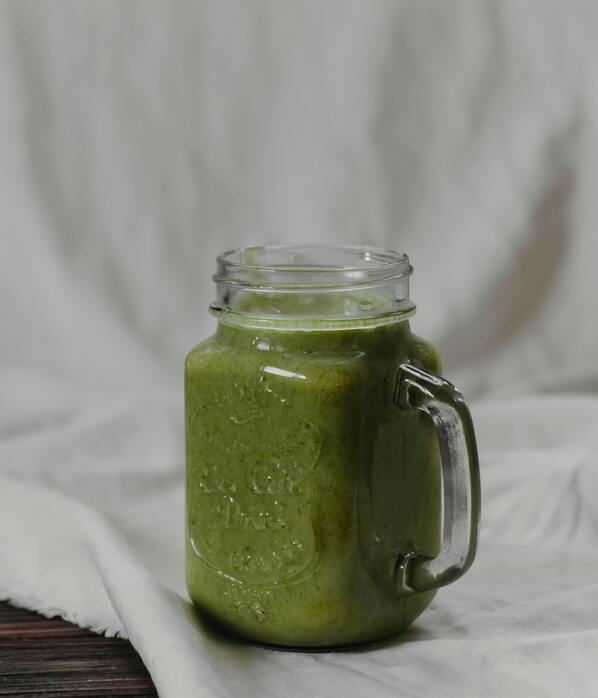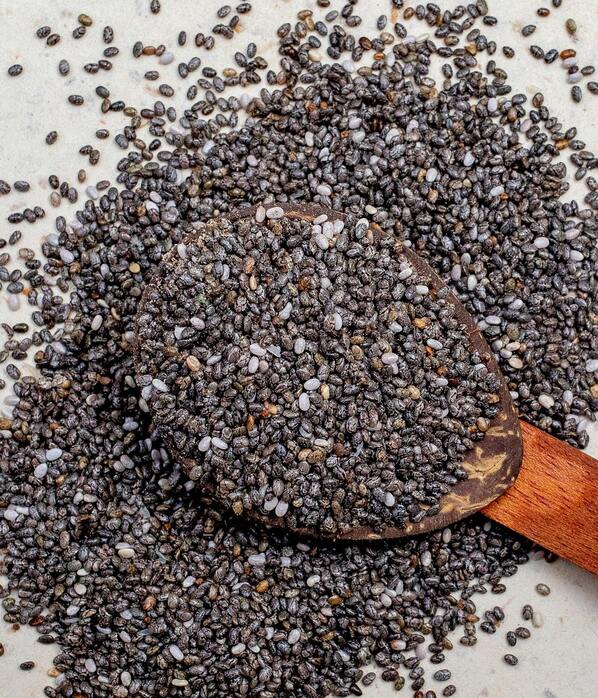Lactobacillus Rhamnosus: Benefits & Side Effects
Date:
03 Oct 2024

Have you ever been curious about specific strains of probiotics and the benefits they offer? One of the most well-known and extensively researched probiotic strains is Lactobacillus rhamnosus GG. In fact, it's the most studied probiotic strain worldwide and is commonly found in both supplement forms and probiotic-rich food1 .
But what exactly makes this bacterial strain so beneficial? In this article, we'll explore the numerous health benefits associated with Lactobacillus rhamnosus and also touch on the potential side effects.
Benefits of Lactobacillus Rhamnosus
Taking probiotics can have a significant impact on our overall health. Probiotics are known to enhance skin health, mood, immune function, nutrient absorption, bone health, and even heart health. They may also reduce the risk of chronic diseases3 .
Lactobacillus rhamnosus offers specific benefits for gut health by helping to break down polyphenols—compounds found in many plant-based foods—into prebiotics. These prebiotics then nourish the beneficial bacteria in our gut, promoting a healthier microbiome.
For those suffering from inflammatory bowel diseases (IBD) such as ulcerative colitis, Lactobacillus rhamnosus may offer additional support. While probiotics don't cure IBD, they can help replenish friendly bacteria in the gut and strengthen the gut lining, which may alleviate symptoms like brain fog, bloating, and constipation4 .
Additionally, Lactobacillus rhamnosus can help restore a healthy microbiome, which is often disrupted by factors such as stress, antibiotic use, poor diet, lack of exercise, and infections related to bowel diseases. By rebuilding a healthy gut environment, this probiotic strain plays a crucial role in maintaining a strong immune system.
Other benefits include supporting oral health, aiding in weight management, reducing bacterial overgrowth, and preventing infections4 . You can find Lactobacillus rhamnosus in supplement form or by consuming fermented foods like yoghurt, sauerkraut, kefir, sourdough bread, and kimchi.
Side Effects
So, what are the potential side effects of Lactobacillus rhamnosus?
While side effects from taking Lactobacillus or any probiotics are rare, some individuals may experience skin rashes, hives, swelling, dizziness, difficulty breathing, or allergic reactions to the bacteria2 .
In very rare cases, probiotics could cause infections, especially in individuals with compromised immune systems or those taking medications that suppress the immune response. Without a strong immune system, even friendly bacteria can become problematic2 .
Another possible side effect is digestive discomfort. As probiotics help break down food and produce vitamins, they can also release gases and other chemicals, potentially causing bloating, excessive gas, and other digestive issues2 . However, these symptoms usually subside once the new bacteria establish themselves in the gut.
Overall, probiotics are generally safe and offer substantial benefits to our health.
Take Home Message
Incorporating healthy bacteria like Lactobacillus rhamnosus into your daily routine can provide numerous health benefits, particularly for gut health. This strain is one of the most well-researched probiotics and is commonly found in supplements and fermented foods.
We highly recommend Lactobacillus rhamnosus as part of your healthy gut routine!
Related articles:
Friendly gut bacteria explained
18 Probiotic Foods for Gut Health
The 15 Best Probiotic Vegan Foods
















